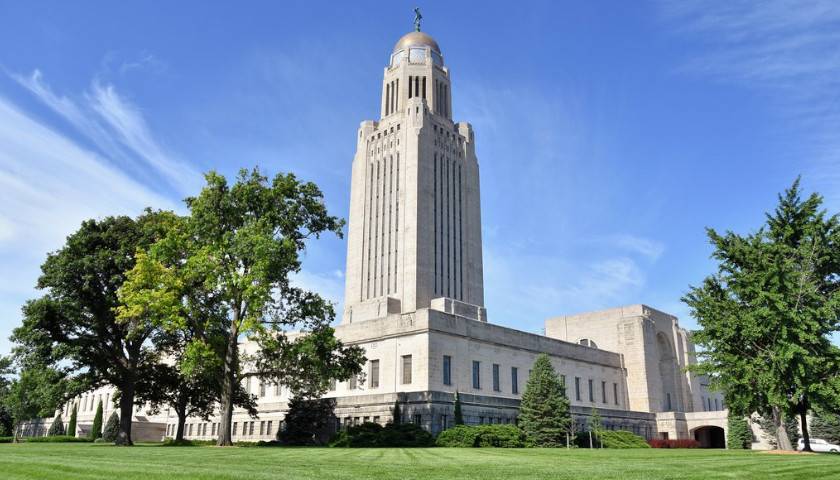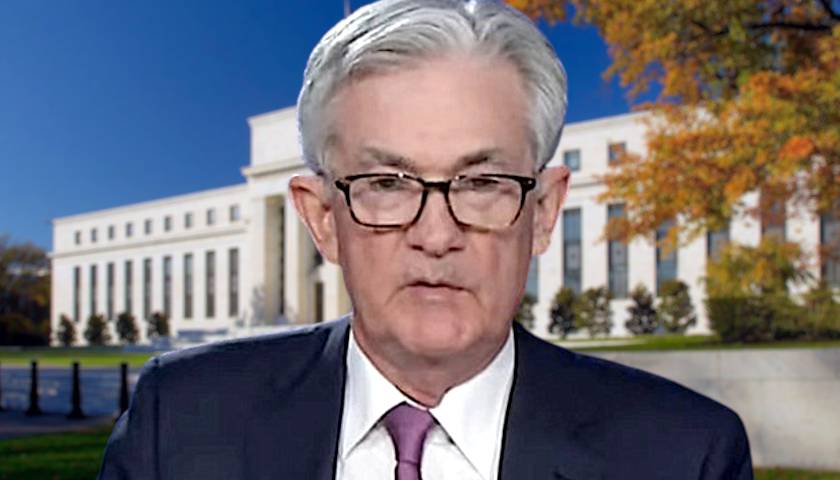by Arjun Singh
The Nebraska Legislature on Wednesday voted against a proposal that would have changed the state’s allocation of presidential electors in the Electoral College, which is a setback for former President Donald Trump’s political interests.
Unlike all U.S. states except for Maine, Nebraska allocates three of its presidential electors based on the majority vote in each of its three congressional districts, while the remaining two electors — accounting for its two U.S. senators — are allocated based on the statewide tally. Republican state Sen. Julie Slama of Lincoln on Wednesday introduced a bill amendment that would change this system to a “winner-take-all” allocation — whereby all electoral votes would go to the candidate who wins statewide, purportedly benefitting the Republican nominee — though the measure failed to advance by a vote of 9 yeas to 36 nays.
“[T]he “filibuster-proof” majority doesn’t have the intestinal fortitude to make Nebraska a Winner-Take-All state in an election year. “Wild,” wrote Slama on X, formerly known as Twitter, after the vote failed. A separate bill to the same effect had been endorsed by Republican Gov. Jim Pillen of Nebraska and his predecessor, now-Sen. Pete Ricketts of Nebraska, but has not yet advanced and is unlikely to pass, given that Nebraska’s legislative session for 2024 will end soon.
 Slama had sought to amend an existing bill on an unrelated matter with her substitute text, which was ruled by the chair to be “not germane” to the issue. Slama then moved to overrule the chair, with the motion being defeated.
Slama had sought to amend an existing bill on an unrelated matter with her substitute text, which was ruled by the chair to be “not germane” to the issue. Slama then moved to overrule the chair, with the motion being defeated.
Nebraska, with a Cook Partisan Voting Index (PVI) score of R+13, has frequently voted, statewide, for the Republican nominee in presidential elections. However, because of its hybrid allocation system, the Democratic nominee has sometimes been able to earn one electoral vote from the state due to the competitive 2nd Congressional District, which Joe Biden won in 2020.
Trump had supported the effort to move to a “winner-take-all” system, which was advocated by conservative activists such as Turning Point USA founder Charlie Kirk. “This gives Donald Trump a much bigger and better chance [of a] path to the presidency. It’s a no-brainer,” Kirk told podcast host Steve Bannon on “The War Room” ahead of the vote.
“The Nebraska Legislature answers to the voters of Nebraska, not Charlie Kirk or Donald Trump,” wrote Democratic state Sen. John Frederickson of Omaha on X. “Tonight’s vote to protect our electoral college system in Nebraska is a win for the power of the people in this state.”
The Trump campaign did not immediately respond to a request for comment.
– – –
Arjun Singh is a reporter at Daily Caller News Foundation.
Photo “Nebraska Capitol” by jpellgen (@1105_jp).CC BY-NC-ND 2.0.






